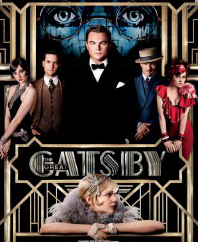
Introduction
The Great Gatsby is often regarded as F. Scott Fitzgerald’s greatest novel. It offers a damning though insightful view of the American nouveau riche during the early twentieth century. Set during Prohibition in the 1920s, the story takes place on Long Island and New York City.
The novel is widely seen by critics and scholars as an indictment of the American dream. It also serves as a coming-of-age story of an idealist who is exposed to uncomfortable truths about the thin line between truth and illusion and between past and present.
The novel’s main protagonist is a man who makes his own fortune only to find that his wealth cannot grant him the privileges enjoyed by those born into the upper classes.
The novel’s narrator Nick Caraway moves to New York City where he rents a house next to the wealthy Jay Gatsby with whom he quickly forms a close friendship. Nick has a distant cousin Daisy who Gatsby reveals he fell in love with years ago but was too poor to marry.
Daisy is married to a brutish, philandering man named Tom who puts forth no effort into hiding his affairs. But Gatsby plans on using his friendship with Nick to win Daisy back. However, his ambitions unleash a series of tragic events that cost him dearly.
The dominant theme in the novel is the juxtaposition of the corrupting influence of wealth to the purity of a dream. Tom, Daisy, Jordan Baker, Meyer Wolfsheim, and Dan Cody are all examples of people who have been corrupted by wealth. Daisy is depicted as viewing her child as a toy or plaything. She also places no value on human life, which is evident when she hits and kills a woman with her car without getting her the proper medical attention.
Tom is aimless, Cody’s life is in shambles, Baker has no morals, and many of the other characters have other damning flaws. The only person who has not been corrupted by wealth is Gatsby. Everything he has from the mansion, the flashy cars, the extravagant parties, to the gaudy clothes is to fulfill to convince Daisy that he is worthy of her.







